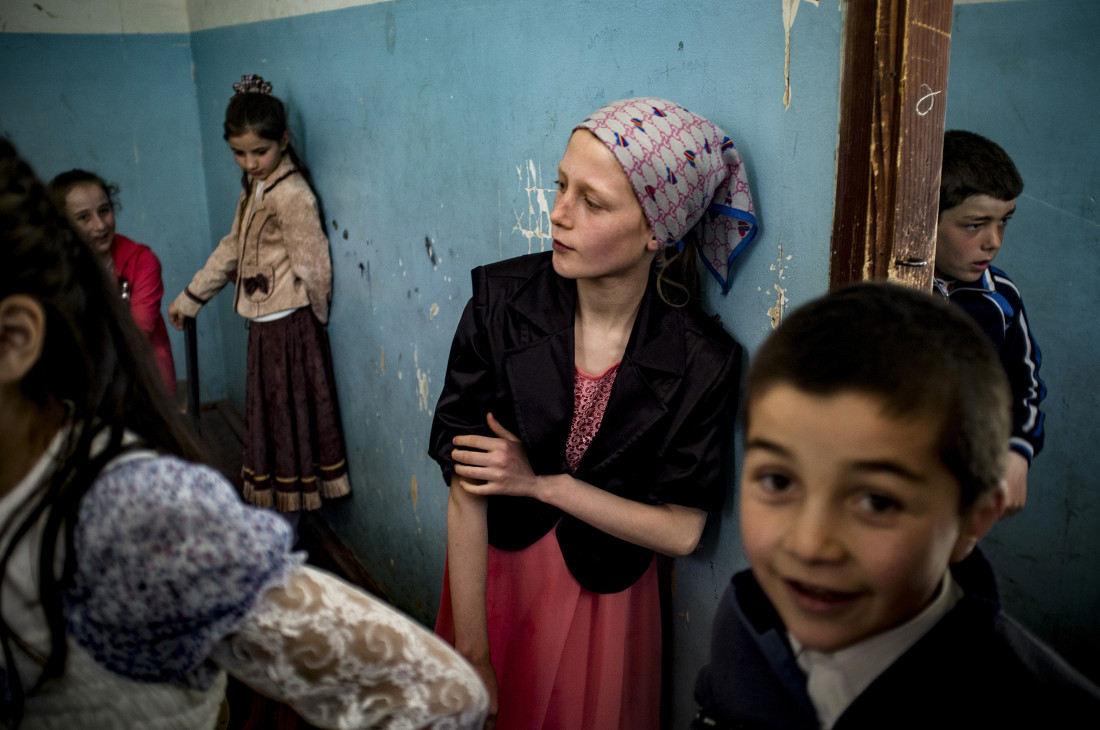სერია: პანკისის ხეობის ქალები
ნათელა გრიგალაშვილი
ციფრული ფოტო
Who are these women? How do they live? What makes them happy and what makes them sad? There are lots of stereotypes about women in our society, about their rights and duties. It is especially hard to deal with these stereotypes when it comes to women of ethnic and religious minorities.
Pankisi Gorge is one of the most distinctive regions of Georgia. It’s multiethnic and diverse, with interesting history, traditions and special modernity.
Majority of population in Pankisi are ethnic Kist Muslims. Their ancestors started to settle in Pankisi Gorge from XVII century. From XIX century entrance of Chechen and Ingush families became intensive. Georgia received the wave of refugees in the first years of its independence in 1918-1921’s. But the largest number of refugees entered in Georgia during the first and second wars of Chechnya.
Pankisi Gorge, as well as whole Georgia, was heavily affected by the economic and political crisis in last decades … and even more so. In recent decades Pankisi became the “main subject” of local and international media. It was bombed several times by Russia, a high profile raids have been carried out, and recently Gorge still got the attention of media with connection of several Pankisian individuals to “Islamic State” (ISIS).
Women that live in villages near Pankisi Gorge are almost isolated from the rest of the world. This isolation prevents them from economic and social development and it does not allow them to make decisions independently. Because of the religious and cultural peculiarities that exist in Gorge, after the divorce children are staying with their father and this is the reason why divorce is very rare in Pankisi. Most of the women obey traditions tacitly. They give birth and raise their children, but later some of them don’t even ask their opinion when they are making important live decisions. Locals say that before no man could do this without mother’s blessing.

